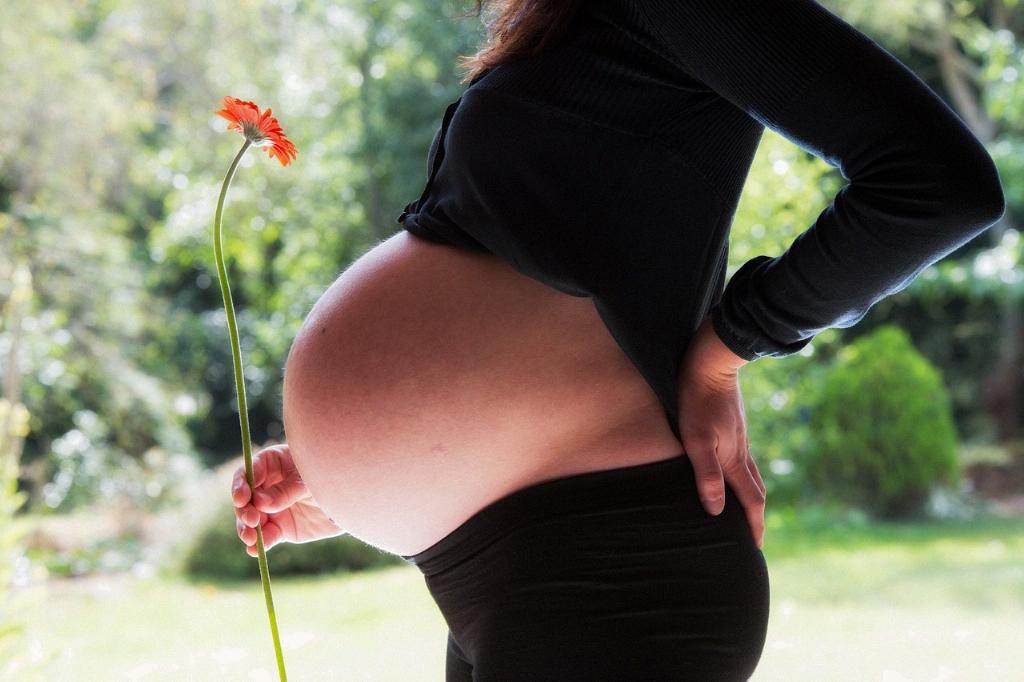One common question among individuals who have had a Cesarean section is how long the glue used to close the incision stays on the skin. Understanding the timeline for the removal of glue following a C-section is crucial for proper wound care and healing.
After a C-section, medical professionals typically apply adhesive glue to the incision site as part of the closure process. This glue serves as an additional layer of protection and facilitates the healing of the incision. The glue is designed to gradually break down and slough off as the incision heals over time.
It is important to note that the duration for which the glue remains on the skin after a C-section can vary from person to person. In general, the glue used in C-section incisions should start to come off within the first week following the procedure. However, some individuals may find that the glue remains intact for a slightly longer period.
If you have steri-strips or adhesive glue on your C-section incision, it is recommended to have them checked within one week post-surgery. While steri-strips are usually removed after about a week, the glue may take a bit longer to naturally wear off. If the glue does not start to come off on its own, it is advisable to gently remove it before your follow-up appointment.
Proper wound care is essential during the post-C-section period. While the glue is in place, it is crucial to keep the incision area clean and dry to prevent infection and promote healing. Avoiding excessive moisture and following your healthcare provider’s instructions regarding incision care can help facilitate the timely removal of the glue.
Individuals who are concerned about the longevity of the adhesive glue on their C-section incision should consult their healthcare provider. Your provider can assess the incision site, determine if the glue should be manually removed, and provide personalized guidance on wound care and healing.
In some cases, the adhesive glue used in C-section closures may start to peel or loosen before the one-week mark. If you notice that the glue is coming off on its own, it is generally safe to let it continue detaching naturally. However, if the glue remains firmly in place after the first week, gentle removal may be necessary.
When removing adhesive glue from a C-section incision, it is important to do so carefully to avoid causing any damage or irritation to the skin. Using gentle pressure and possibly some warm water can help loosen the glue without harming the healing incision underneath.
While the presence of adhesive glue on a C-section incision may be concerning for some individuals, it is a normal part of the wound closure process. The glue is specially formulated to aid in wound healing and gradually dissipate as the incision site heals and strengthens.
If you have any doubts or questions about the adhesive glue on your C-section incision, do not hesitate to reach out to your healthcare provider. They can offer reassurance, guidance, and any necessary interventions to ensure that your incision heals properly and that you are comfortable throughout the recovery process.
In conclusion, the adhesive glue used in C-section closures typically remains on the skin for about a week post-surgery. However, individual variations may impact the exact timing of glue removal. Monitoring the condition of the glue, practicing good wound care, and seeking advice from your healthcare provider can help ensure a smooth recovery following a C-section.

